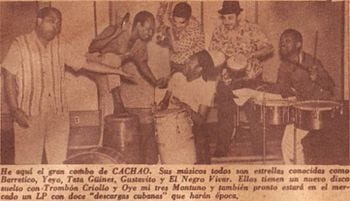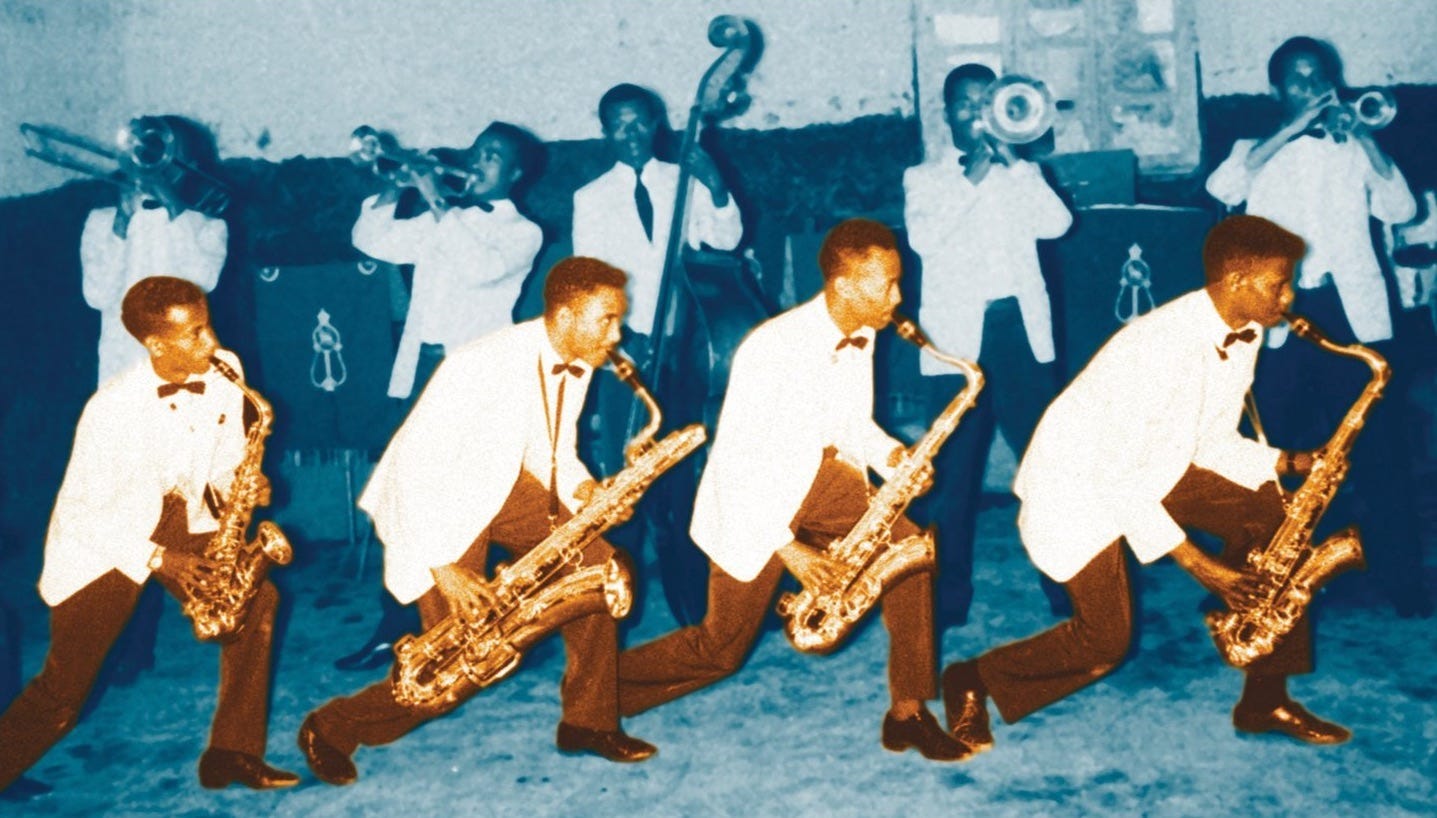Jazz Shakes the World
For these next couple of recaps, I’ll be covering the gradual globalization of music through world-spanning movements. This process began to occur earlier than some might guess, as soon as a uniting global technology for listening was created with the rise of the phonograph and radios in the first few decades of the 20th century.
Jazz happened to rise to fame during the Harlem Renaissance of the 1920s, following its development in New Orleans, as these newfangled creations revolutionized the way people heard music. It became the first Black-American genre to capture attention and acclaim across the US, and quickly became a centerpiece of American music in big band and lighter swing styles as well as distinctive offshoots like stride. As it fanned out and echoed back from new hubs like Cuba, foreign audiences embraced it and reinterpreted it in a plethora of styles, many of which came up as random genres during the Every Genre Project. From Shanghai’s sophisticated shidaiqu to France’s Romani-influenced jazz manouche and Brazil’s sambalanço, the ‘hot’ analogue to cool jazz-influenced bossa nova, we see how jazz idioms and ideas invigorated musicians across the world as the 20th century’s chaotic early decades unfolded.
Fascinating connections appear throughout these stories—one that stands tall is Ethiopia’s Emperor Haile Selassie indirectly kickstarting renowned Ethio-jazz by way of Armenian refugees. Jazz tends to beautifully upend and rearrange expectations that way, just like Charles Mingus’ masterpiece “The Black Saint and the Sinner Lady” that I tuned in to today flits through decadent ensemble numbers and virtuosic vignettes, like the horn and flamenco flutters of the final medley. The piece’s syncretism is like a microcosm of the breadth of jazz sounds to read about below.
Jazz Genrezz
Shidaiqu (China)
Jazz manouche (France)
Ethio-Jazz (Ethiopia)
Luk krung (Thailand)
Sambalanço (Brazil)
Rhumba (Cuban-American)
Descarga (Cuba)
Yé-yé (France)







